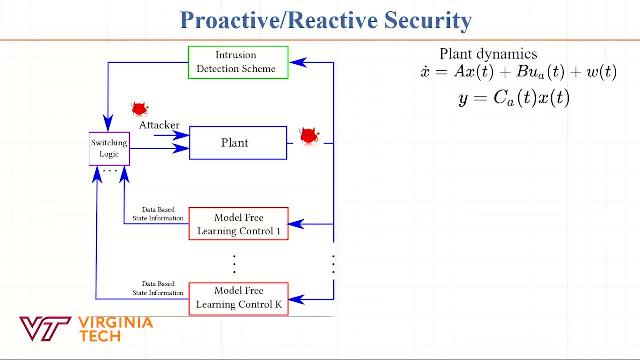Data-Driven Robust Control of Insulin Therapy
From the series: MathWorks Research Summit
Nicola Paoletti, Department of Computer Science, Royal Holloway, University of London (UK)
Automated insulin delivery, a.k.a. the artificial pancreas (AP), has the potential to revolutionize Type-1 diabetes (T1D) therapy by improving glucose control and reducing the burden of self-care. The design of a fully closed-loop insulin controller is, however, still challenging because the blood glucose (BG) levels to control are significantly affected by unknown disturbances related to the patient behavior; namely, meals and physical activity. Accurate insulin control is also made difficult by the fact that glucose measurements are taken underneath the skin, and thus are delayed with respect to the BG due to physiological transport dynamics.
The discussion gives an overview of current T1D therapy practice and the challenges behind closed-loop insulin control and presents an AP system design—implemented and evaluated in MATLAB®—that addresses these challenges through the integration of control techniques and data-driven models of patient behavior, showing simulation results on virtual patient models.
Highlights:
- Design a new AP system based on min-max robust model-predictive control (MPC), which computes at each time the insulin therapy that maximizes the predicted worst-case performance (i.e., how well BG stays "in range") with respect to the unknown future patient behavior.
- Learn data-driven models of meal and exercise behavior, models that allow restricting the domain of the unknown patient-related disturbances, thereby making the controller less conservative. The learning method ensures with arbitrarily high probability that such models, and, in turn, the controller using them, cover all possible behaviors of the unknown data-generating distribution.
- Develop a Moving Horizon Estimator to recover the (unknown) system state from delayed and noisy glucose measurements and estimate the most likely meal and exercise disturbances.
- Evaluate the AP system design on virtual patients, i.e., on accurate differential equation models of the glucose/insulin metabolism, using data-driven meal behavior models learned from the CDC's NHANES database (from over 8,600 participants).
- Show that the AP system keeps the BG within healthy ranges more than 93% of the time.
- Use MATLAB for the AP system implementation and experimental evaluation.
This research was conducted by the speaker while at the Department of Computer Science, Stony Brook University (USA).
Published: 21 Feb 2019
